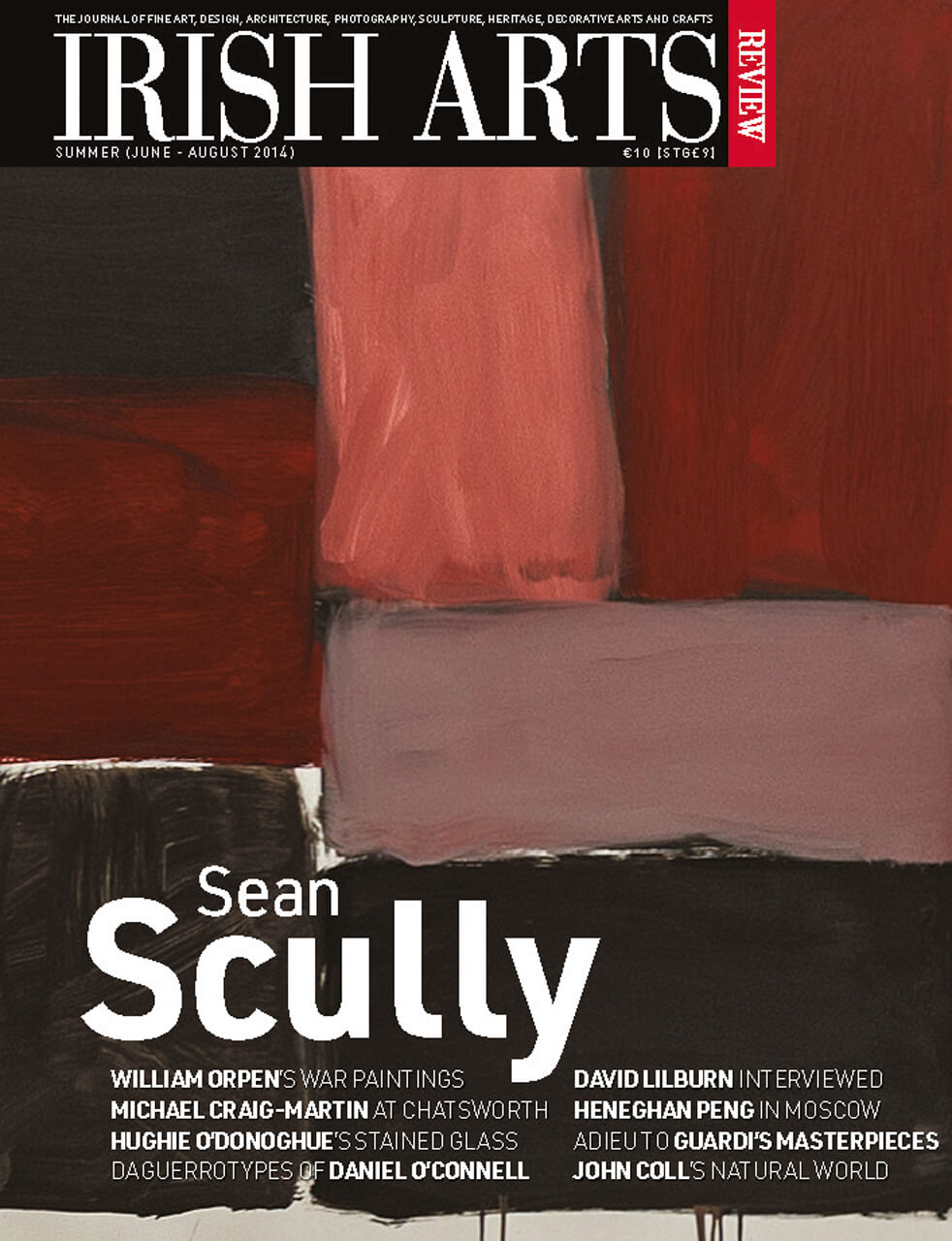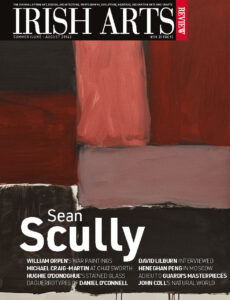

Orla Kiely’s all-encompassing design reach by Frances Ruane
It’s doubtful that you can walk up Dublin’s Grafton Street, London’s Kings Road or any number of fashionable streets in North America without spotting at least a dozen Orla Kiely handbags, a few Kiely iPad covers and maybe, if it’s wet, Kiely wellies and an umbrella or two. She has a signature style which is tweaked, refreshed, modified and rescaled from season to season, while still retaining a distinctive look which is unmistakably hers. Kiely’s trademark is her use of bold repeat patterns, inspired by nature. Her iconic ‘stem’ motif simplifies leaf and stem into a stylized repeat design that has striking graphic impact and a quirky, retro feel. Without any need for a logo, her products can be immediately identified, her designs beneficially separating themselves from the anonymity of other mid-market brands.
After graduating from Dublin’s NCAD in 1982, Kiely went to New York, gaining hands-on experience in the textile business. She returned to London to work for Esprit while completing an MA at the Royal College of Art. Her first big break came when Harrods, impressed by the children’s boiled wool beanies Kiely presented in her 1993 degree show, bought the entire collection. A turning point in her success came when, showing her hats and other soft accessories at London Fashion Week a few years later, she took note of her father’s astute observation that while nobody was wearing a hat, absolutely everyone had a bag. Kiely turned her attention to bags and they were an immediate success, initially in soft fabrics printed with her characteristic patterns, and shortly afterwards using a laminated fabric that up until then had been associated with old fashioned wipe-down table cloths. Since her company was founded in 1995 the brand has become nothing less than a global phenomenon, with the Kiely ‘look’ applied to fashion and home accessories, clothing, furniture and a myriad of other products. While products are normally under her complete control, she occasionally collaborates, as with Citroen for a limited series of DS3 models with her signature stem or acorn patterns featured on and within the car or, most recently, with Clarks, the British international shoe manufacturer. She has worked with the massive US retailing giant Target to create a home decor collection and, with Target and Belkin, iPhone and iPad covers – initiatives that introduce her name to an enormous new customer base.
But how did the brand succeed so rapidly and on such a scale? Sound business decisions and the financial expertise of her husband, Dermot Rowan, who is MD and co-owner of the company, shouldn’t be underestimated. Designers leave art colleges with creative and technical craft skills, but rarely with the financial know-how required to run a small business. While artists can look to galleries and agents to represent their interests, designers are often one-person enterprises. The Kiely/Rowan partnership is ideal, leaving Kiely free to concentrate on creative aspects.
The real strength of the Orla Kiely brand rests on the way her design aesthetic corresponded to the Zeitgeist of the time
Kiely’s products are beautifully made but are affordable, which make them particularly suited to recessionary times. There’s also a warm, comforting, feel-good factor attached to the designs, their playful optimism appealing to a wide age group.
However, the real strength of the Orla Kiely brand rests on the way her design aesthetic corresponded to the Zeitgeist of the time. Kiely has spoken about how she had always been attracted to mid-century design, like the printed fabrics of Lucienne Day. It’s not surprising that she often finds inspiration for a collection in the work of artists like Patrick Heron. Her colourful graphic prints are rooted in the 1950s and 1960s but with a pared- down simplicity that appeals to the contemporary eye. Although this retro look wasn’t fashionable when it first hit the market in the mid-1990s, it turned out to be just what people were beginning to like again. Over the coming decade the public’s enthusiasm for mid-century grew into a tsunami. Epitomized by the TV series Mad Men (which first appeared in 2007), it seeped into the core of popular taste. Kiely stayed ‘on message’ throughout the noughties so that long before other brands stepped in, she established dominance in this niche market.
Frances Ruane formerly taught History of Art and Design at National College of Art and Design.
From the IAR Archive
First published in the Irish Arts Review Vol 31, No 2, 2014



